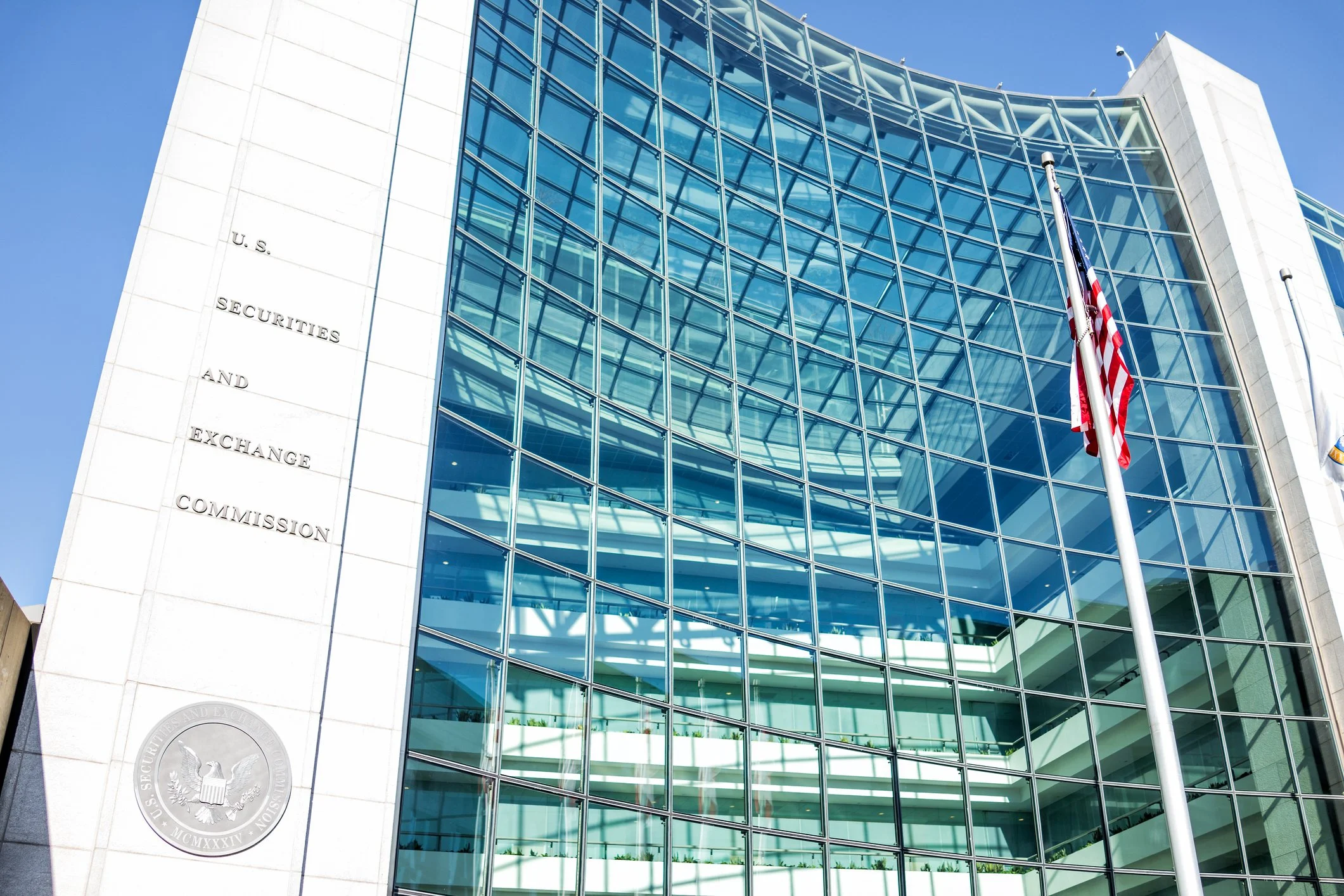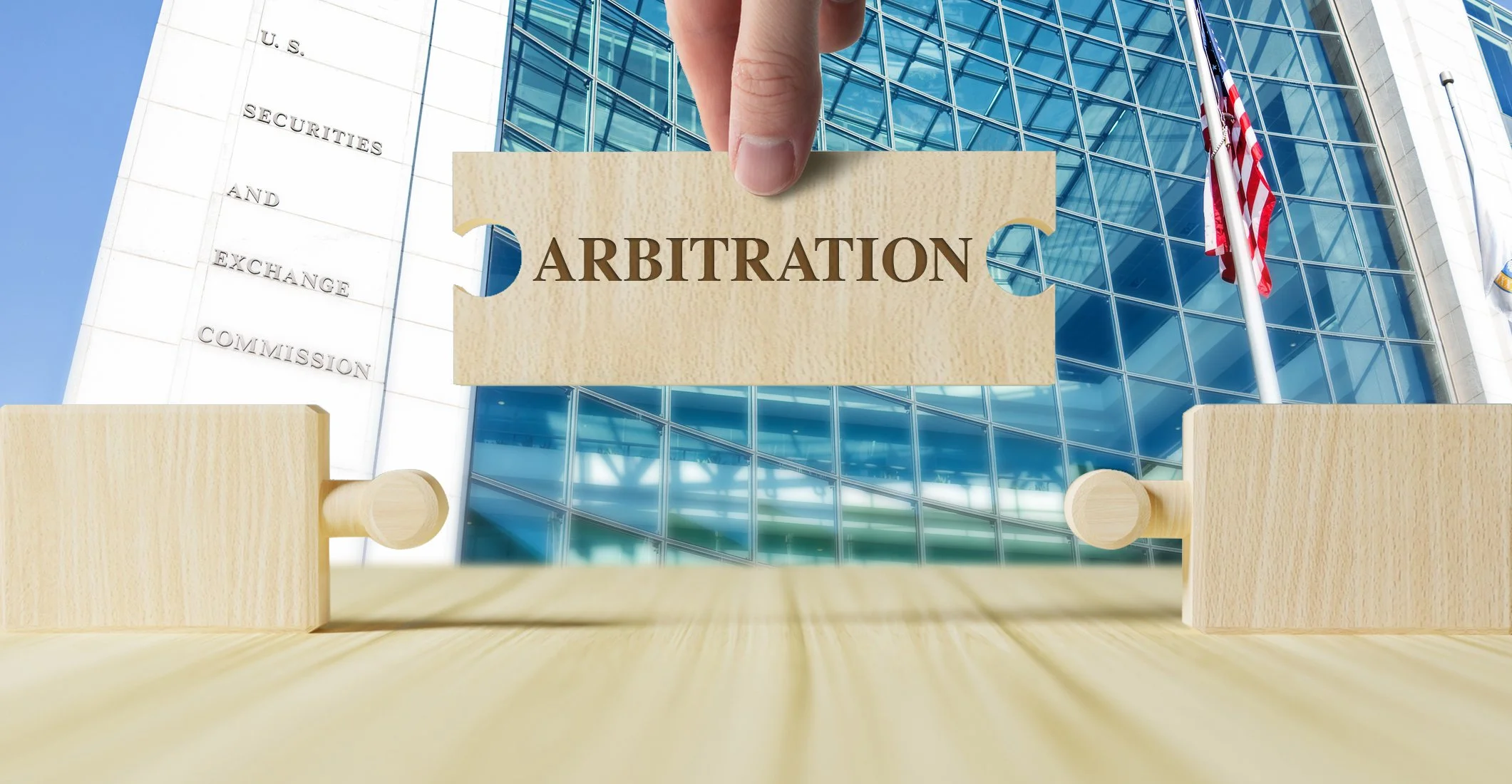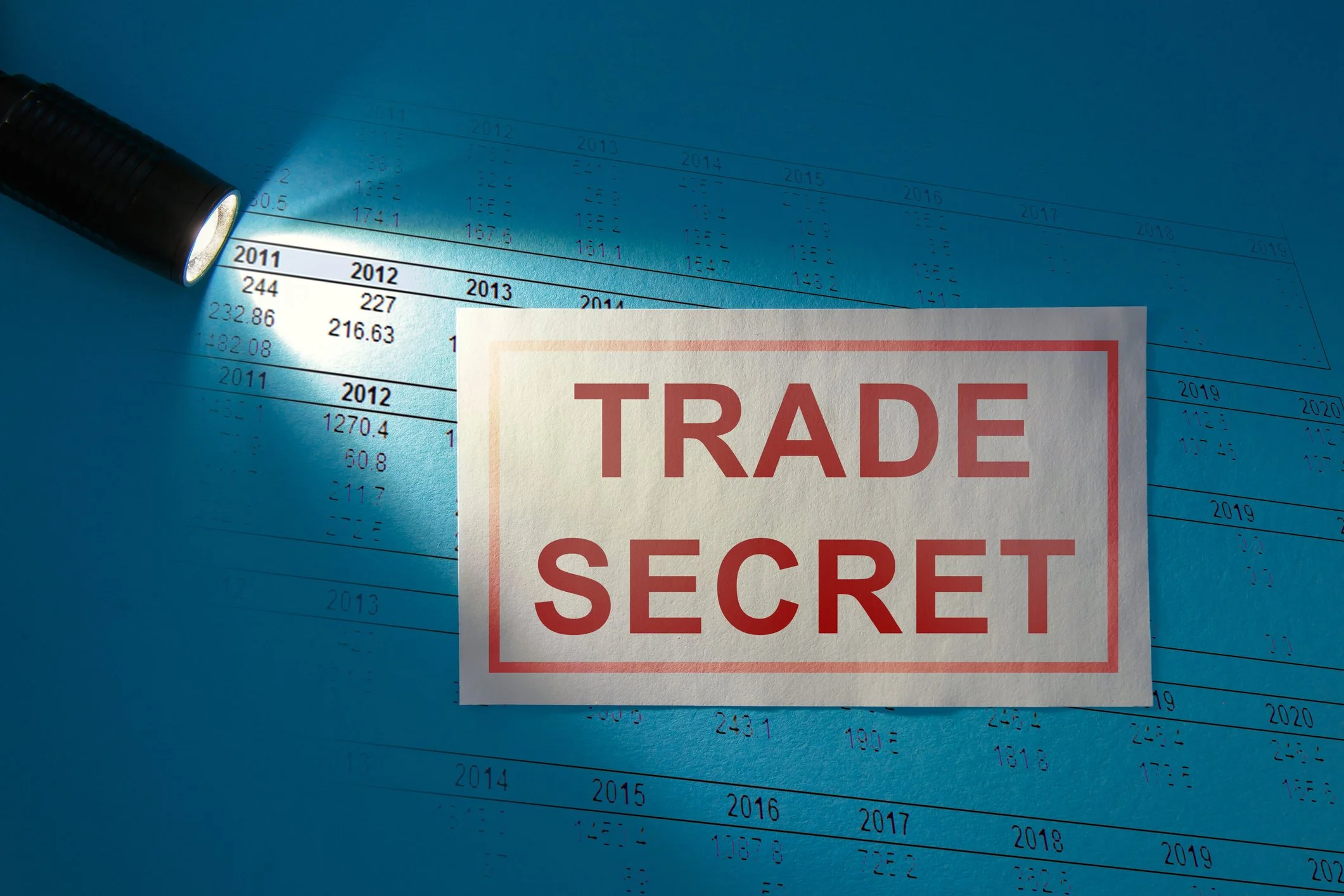Delaware law provides that corporate directors have virtually unlimited access to corporate information, including information protected by the attorney-client privilege. In re Aerojet Rocketdyne Holdings, Inc., No. CV 2022-0127-LWW, 2022 WL 1446782 (Del. Ch. May 5, 2022); Kalisman v. Friedman, No. CIV.A. 8447-VCL, 2013 WL 1668205 (Del. Ch. Apr. 17, 2013). Of course, directors’ fiduciary duties limit what they may do with that information; just because directors themselves may receive and use corporate information to benefit the corporation, does not mean they have unfettered rights to disclose that information to others. The question often arises: May a director disclose confidential corporation information to the stockholder or class of stockholders who appointed him or her to the board? Generally, such disclosure is prohibited under Delaware law. But the Delaware courts have carved out important exceptions.
No Special Duty to the Stockholders Who Voted for You . . .
As a threshold matter, Delaware law does not recognize a special duty on the part of directors to the class of stockholders who elected them, at least not by virtue of said election. Phillips v. Insituform of N. Am., Inc., No. CIV.A. 9173, 1987 WL 16285 (Del. Ch. Aug. 27, 1987) (“law does not recognize special duty by directors to class of stockholders who elected them”); Holdgreiwe v. Nostalgia Network, Inc., No. CIV. A. 12914, 1993 WL 144604 (Del. Ch. Apr. 29, 1993) (designated director’s disclosure of confidential corporate information to affiliate of designating stockholder violated director’s fiduciary duties). Indeed, in Schoon v. Troy Corp., No. CIV.A. 1677-N, 2006 WL 1851481 (Del. Ch. June 27, 2006), the Chancery Court took the unusual step of denying a director’s request to inspect the books and records of a corporation on the ground that the request was made at the behest of a designating stockholder in order to assist the attempted sale of the corporation’s stock.
. . . Unless You Have a Special Duty to the Stockholder Who Voted for You
But what if the director has a pre-existing fiduciary duty to the stockholder that elected them? In Kortum v. Webasto Sunroofs Inc., 769 A.2d 113 (Del. Ch. 2000), a director designated by one 50% owner of a corporation filed an action pursuant to Section 220 of the Delaware General Corporation Law seeking to inspect the company’s books and records. The other 50% owner sought to condition the inspection on the director’s agreement not to disclose confidential information to the designating stockholder, which was viewed as a potential competitor. The Chancery Court held that such a condition was unreasonable, presumably because the director owed fiduciary duties to both the joint venture corporation and the designating stockholder.
These issues were explored in greater detail in Icahn Partners L.P. v. DeSouza, No. 2023-1045-PAF, 2024 WL 180952 (Del. Ch. Jan. 16, 2024). In that case, Plaintiffs Icahn Partners L.P. and other entities, all controlled by Carl Icahn, held approximately 1.4% of the stock of Illumina, Inc. Plaintiffs proposed a three-candidate slate to challenge the company’s nominees at a stockholder meeting. The stockholders chose one of the candidates -- an employee of another Icahn-controlled entity -- to the board. Plaintiffs subsequently filed a complaint alleging direct and derivative claims against Illumina’s officers and directors, and it was undisputed that the complaint contained attorney-client privileged information from Illumina provided by the designated director. The company and the defendants moved to strike the privileged information from the complaint.
Plaintiffs argued that their nomination of a director and public disclosure of his employment rendered unreasonable any expectation that he would not share with Plaintiffs the privileged information that he acquired as a director. Plaintiffs cited cases holding that a director who has been designated as a director may share corporate information with the designating stockholder. But as the court pointed out, these cases held that a director may provide confidential information to a stockholder in only limited circumstances: 1) where the stockholder had a right to designate a director, either by contract or voting power; or 2) the director serves as a controller or fiduciary of the stockholder (such as in Kortum).
The Contractual Right to Designate a Director Generally Encompass the Right to Receive the Same Information as the Director
In Kalisman, a director was the co-founder of a major stockholder that brought an action challenging a recapitalization. The Chancery Court held the director was entitled to corporate documents that predated the formation of a special committee that excluded the director. When the company objected that the director would share the information with the investor that designated him, the court explained: “When a director serves as the designee of a stockholder on the board, and when it is understood that the director acts as the stockholder's representative, then the stockholder is generally entitled to the same information as the director.”
Other cases have held similarly. For instance, in In re CBS Corp. Litig., No. CV 2018-0342-AGB, 2018 WL 3414163 (Del. Ch. July 13, 2018), the court held that directors affiliated with a controlling stockholder and the controller itself were entitled to privileged communications other than those provided exclusively to a special committee. In Hyde Park Venture Partners Fund III, L.P. v. FairXchange, LLC, 292 A.3d 178 (Del. Ch. 2023), two funds with a contractual right to designate a director had the right to obtain confidential information provided to the director.
By contrast, in Icahn Partners, the Plaintiffs did not have a contractual right or the voting power to designate a director and the director was not a controller or fiduciary of the stockholders. Thus, the court held that Plaintiffs did not have the right to access privileged information provided to the designated director -- a decision that was affirmed by the Delaware Supreme Court.
Conclusion
An entity considering investing in a Delaware corporation where it will designate a director should analyze whether the facts support allowing the director to provide confidential and privileged corporate information to the entity. Does the entity have a contractual right to designate a director or sufficient voting power? Is the director a controller or a fiduciary of the stockholder? If these conditions are not satisfied, the director may be prohibited from providing confidential information to the investor.
For more information regarding Alto Litigation’s litigation practice, please contact one of Alto Litigation’s partners: Bahram Seyedin-Noor, Bryan Ketroser, or Joshua Korr.
****
Disclaimer: Materials on this website are for informational purposes only and do not constitute legal advice. Transmission of materials and information on this website is not intended to create, and their receipt does not constitute, an attorney-client relationship. Although you may send us email or call us, we cannot represent you until we have determined that doing so will not create a conflict of interests. Accordingly, if you choose to communicate with us in connection with a matter in which we do not already represent you, you should not send us confidential or sensitive information, because such communication will not be treated as privileged or confidential. We can only serve as your attorney if both you and we agree, in writing, that we will do so.
The materials on this website are not intended to constitute advertising or solicitation. However, portions of this website may be considered attorney advertising in some states.
Unless otherwise specified, the attorneys listed on this website are admitted to practice in the State of California.




















